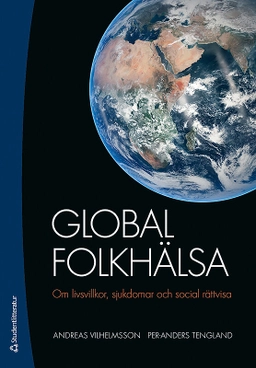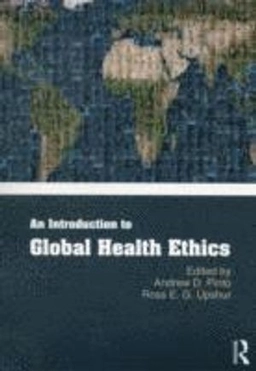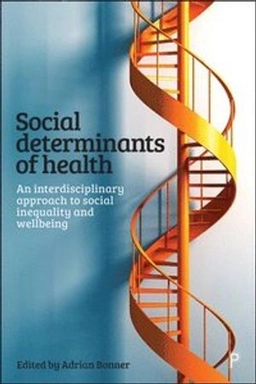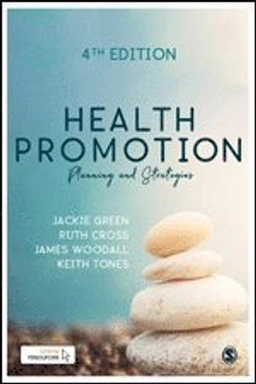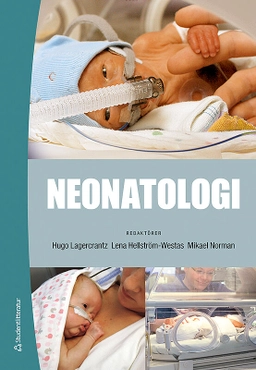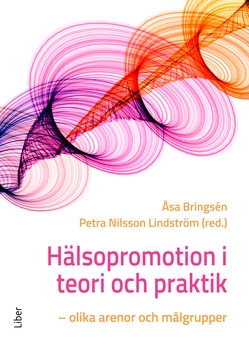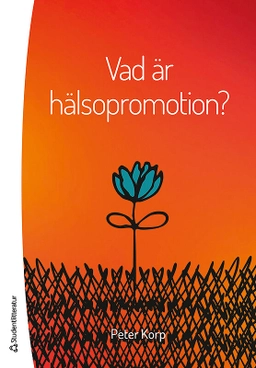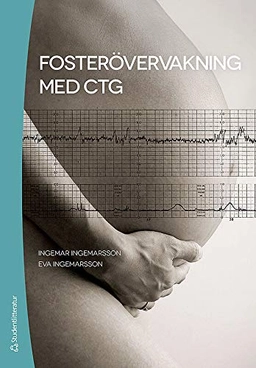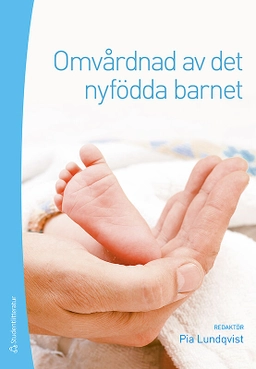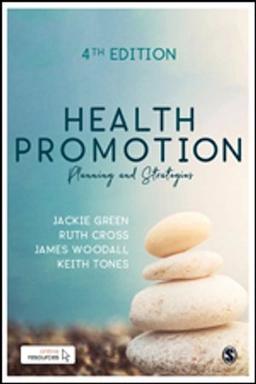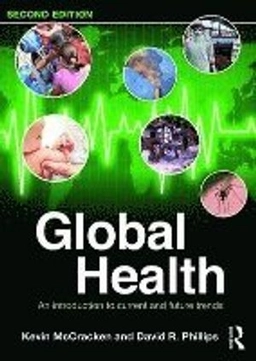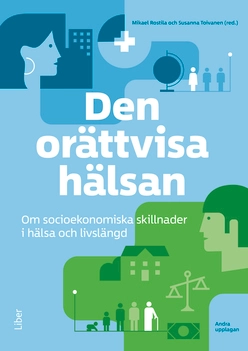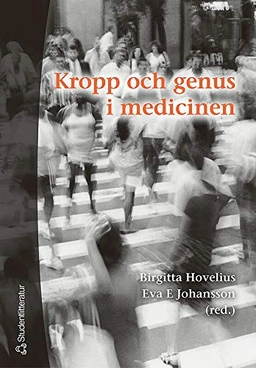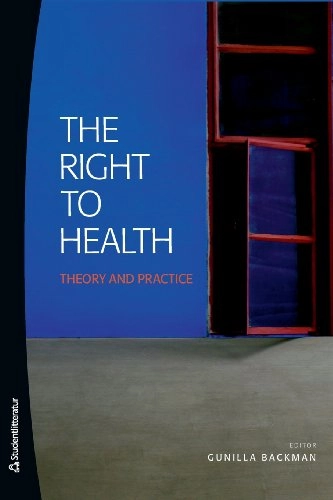

The right to health : theory and practiceUpplaga 1
- Upplaga: 1a upplagan
- Utgiven: 2012
- ISBN: 9789144067803
- Sidor: 368 st
- Förlag: Studentlitteratur AB
- Format: Häftad
- Språk: Engelska
Om boken
Åtkomstkoder och digitalt tilläggsmaterial garanteras inte med begagnade böcker
Mer om The right to health : theory and practice (2012)
I februari 2012 släpptes boken The right to health : theory and practice skriven av Gunilla Backman, Shahira Ahmed, Henry Ascher, Sivan Bomze, Lisa Forman, Lance Gable, Sofia Gruskin, Rachel Hammonds, Hans Hogerzeil, Gorik Ooms, John Porter, Helen Potts, Jan Stjernsvärd, Daniel Tarantola, Sridhar Venkatapuram, Susan Wright, Alicia Ely Yamin. Det är den 1a upplagan av kursboken. Den är skriven på engelska och består av 368 sidor djupgående information om medicin. Förlaget bakom boken är Studentlitteratur AB som har sitt säte i Lund.
Köp boken The right to health : theory and practice på Studentapan och spara pengar.
Tillhör kategorierna
Referera till The right to health : theory and practice (Upplaga 1)
Harvard
Oxford
APA
Vancouver
